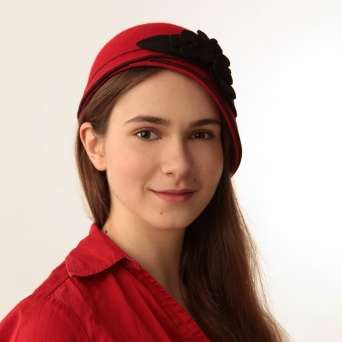Semiramide isn’t Rossini’s most toe-tapping opera, but it’s experiencing something of a revival. In 2017, it graced the stages of both the Bayerische Staatsoper and the Royal Opera House, in a bizarre production by director David Alden. That staging featured a dizzying parade of contemporary political and pop-cultural references, plus a memorable mad scene with an ax.
Such an avant garde approach would never do at the Metropolitan Opera. Instead, they’ve dusted off a 1990 production of crumbling splendor. It fulfills all the expectations of anyone who hasn’t set foot in an opera house in a couple of decades. The singing is loud and fast. There are plenty of gold, gems, and gratuitous costume changes. Singers stand and deliver – no acting is required beyond the occasional change of dramatic pose. It’s very pretty-sounding, very shiny-looking... and very boring.
I’m sure it’s not easy to stage an opera well when you fire your director midway through the rehearsal process. But whether production designer (and original director) John Copley or replacement director Roy Rallo is to blame, the situation is dire. The most dramatic moments – such as the revelation of Arsace’s true identity – caused laughter instead of horror. The awkward stumbling about in the tomb scene didn’t make Arsace’s accidental murder of Semiramide plausible. Whisking Arsace away to Azema and a golden throne during the final chorus undercut his guilt and horror at his error. Michael Stennett’s costumes didn’t help, unflattering plumed headdresses for the men, a gold-fringed purple carpet as Semiramide’s first frock, Assur’s inexplicable shirtlessness, and bare-kneed guards all had me giggling.
At least there was glorious singing to be heard. The night’s star was tenor Javier Camarena in the role of Idreno, where he showed off matchless agility, a bright tone, and gravity-defying top notes. If Idreno’s romantic rival Assur (bass Ildar Abdrazakov) couldn’t toss off coloratura quite so carelessly, he pleased with a creamy, earthy sound and some much-needed scenery chewing during the mad scene. As the third suitor, Arsace, mezzo-soprano Elizabeth DeShong deployed a voice of dark chocolate: smooth, complex, and delicious, particularly in its lower reaches. Soprano Angela Meade sang Semiramide with huge sound that was consistent across her range. Her voice was flexible in spite of its heft, especially in act one for “Bel raggio lusinghier”. The effort of all that coloratura started to show in the second act, when the streams of notes sometimes seemed pushed rather than freely flowing. Bass-baritone Ryan Speedo Green made a commanding, gravely Oroe. The Metropolitan Opera Chorus dutifully formed static, expressionless crowds and made a big, pleasant noise.
The musical highlights of the opera are ensembles, which found mixed success. DeShong and Abdrazakov were well-matched for their Act 1 duet, “Bella imago degli dei”, with the deepness of their voices complementing each other. DeShong and Meade made a less suitable pair. In “Alle piu calde immagini”, Meade alternated between holding back too much to allow her voice to bloom and overwhelming DeShong. The Act 2 duet (“Ebben, a te… Giorno d’orrore… Madre, addio”) was better vocally balanced, though it suffered from a decided lack of chemistry. As Semiramide discovered that Arsace was her long-lost son and received his forgiveness for her part in his father’s murder, both singers remained stiff and emotionless.
Under the baton of Maurizio Benini, the Metropolitan Opera Orchestra milked the slow sections of the overture, creating a nice contrast with the racing bits but averaging a plodding pace overall. The flute solo impressed, as did the full-speed, full-volume finish. Still, the overture was a microcosm of the opera as a whole: displays of technical skill couldn’t keep it from feeling too long.




